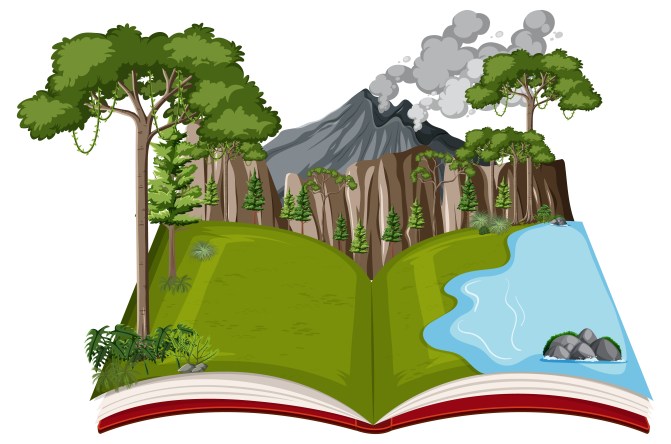Geography: More Than Just Maps
When most people hear the word "geography", they think of maps, globes, or maybe even their high school geography class. But geography is so much more than memorizing capital cities or identifying mountain ranges on a map. It's a dynamic and deeply relevant field that shapes how we understand our world—and how we interact with it.
What Is Geography, Really?
At its core, geography is the study of the Earth's landscapes, environments, and the relationships between people and their environments. It is both a natural science and a social science, blending elements of biology, ecology, anthropology, economics, and more.
Geographers don’t just ask where things are—they ask why they’re there, how they got there, and what impact their location has on people and the planet. Whether it's analyzing climate change, urban growth, or global migration patterns, geography provides critical insights.
The Two Sides of Geography
Geography is typically divided into two main branches:
- Physical Geography: This deals with natural features and processes—think mountains, rivers, weather patterns, ecosystems, and the physical forces that shape our planet.
- Human Geography: This focuses on the human side—how people live, move, and interact with places, including topics like culture, cities, economics, and politics.
Why Geography Matters
In a world increasingly defined by global challenges—climate change, pandemics, refugee crises, and international conflicts—geography offers essential tools to understand these issues. It helps us recognize how local actions can have global consequences, and vice versa.
Geography also plays a crucial role in fields like disaster management, environmental planning, transportation logistics, and even tech development through geographic information systems (GIS).
“Without geography, you’re nowhere.” – Jimmy Buffett
Final Thoughts
Geography is not just about knowing where things are—it's about understanding how the world works. From the impact of rising sea levels on coastal communities to the spread of cultural trends across continents, geography is the lens through which we can see the world in all its complexity and connection.
So next time you pull up a map, remember: geography isn’t just about places. It’s about people, patterns, and the powerful forces that shape our shared world.
